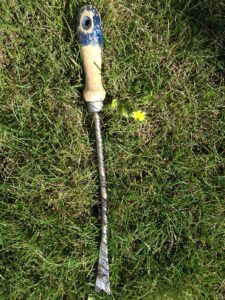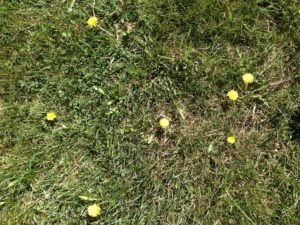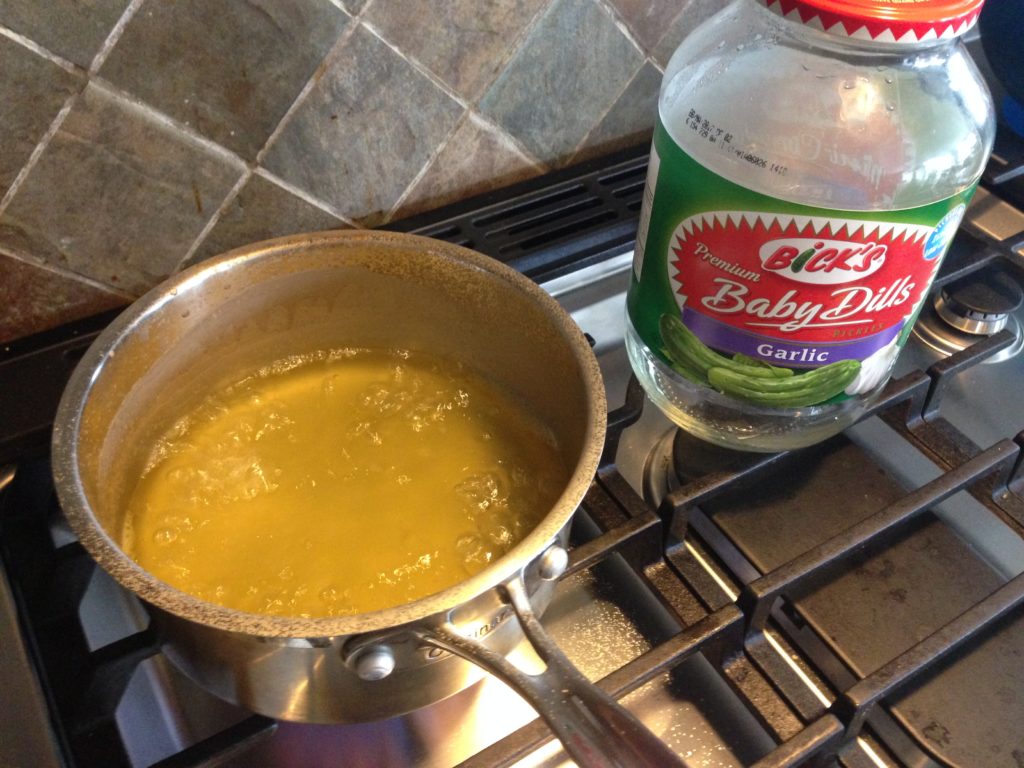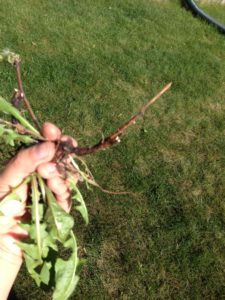Regular readers of my blog know that I’m convinced that synthetic detergents are a largely unrecognized cause of eczema and are implicated as a likely environmental toxin that has contributed to the increase in rate of chronic allergic manifestations like asthma and food allergy (by its involvement in eczema). When my family learned to differentiate true soap from detergents and removed detergents from our household personal care and cleaning products, we saw dramatic health changes with respect to allergies. This included both kids’ eczema clearing without any further need for steroids or constant moisturizing, my asthma clearing without drugs, and my chronic dry skin healing. (See Part II of Our Story: Results After Switching to Soap).
This experience prompted me to re-evaluate every product I used to think was safe, and to read product claims and labels written by marketing people with a much more critical mind. Even a decade before I had found solveeczema, I was concerned that standard herbicides, most commonly containing glyphosate and 2,4-D, were possibly carcinogenic. (See my post The Temptation to Spray for more background). So, many years ago before I found solveeczema and became convinced that detergents are causing more ills to all living things on the earth than most of us have realized, I saw alternative herbicidal products on the shelf labelled “herbicidal soap” — and thought they might be less toxic than those containing glyphosate and 2,4-D. After all, “soap” sounds innocuous. It’s what we use on our skin, right?
My First Experience with an “Herbicidal Soap” Product
A few years before I found solveeczema, I purchased an “herbicidal soap” product. It was intended to be a replacement to a glyphosate-containing herbicide and I wanted to use it to kill weeds on my paths and among the landscaping rocks on the sides of my house leading to the backyard. I hoped it would do the job without being quite as toxic. It did indeed cause all the weeds growing among the paths and rocks to shrivel up and die.
The summer that we implemented the solveeczema detergent removal, I started becoming more cautious about what I was applying to my yard for weed control. Faced again with the weed problem among my rock paths and on my lawn, I looked through my small collection of varied bottles of weed killer and happened again upon the herbicidal soap I’d used in seasons passed. Because of my experience using the solveeczema website and reading countless labels in search of safe, non-detergent products, I knew that products labelled “soap” do often signify detergents, that “natural” doesn’t have a standard or meaningful definition, and that “less toxic” doesn’t necessarily mean harmless. I had to examine the ingredients more closely to know for sure.
My bottle said ingredients were “ammonium soaps of fatty acids”. To my best knowledge, this is another name for a quaternary ammonium compound. (For a quick step-through of my logical rationale for this, which would bore most people, see the footnote at the end of this post). I’ve blogged about these compounds before — they were the seeming cause of a chemical burn experienced by a child in Ontario from a disinfectant used in his school washrooms. These compounds are nicknamed “quats”, and are very strong detergents. The Wikipedia entry on quaternary ammonium compounds indicates they are detergents and highlights their efficacy as antimicrobials. The section on health effects is both fascinating and frightening.
Concerning Symptoms Reported to Health Canada
Even just based on the active ingredient in these “herbicidal soaps”, I would have concluded they’re probably not innnocuous. But don’t take my word for it. Just Google a alternative name for the active ingredient I found on my bottle — “ammonium salt of fatty acids” — and one of the early search results is a summary of Incident Reports on the Consumer Product Safety section of Health Canada’s website. These are presumably incident reports that the manufacturer of products with active ingredient “ammonium salt of fatty acids” have received from the general public, and have reported to Health Canada.
Reading these incident reports is like reading a “who’s who” of “familiar reactions I’ve seen in my own and others’ children in reaction to detergents”. In reading through the reports, we have several people who accidentally made skin contact with the product and reported symptoms varying in severity, but mostly involving red, irritated skin, rash, itching, and in a few cases, something approximating a burn. The symptoms were bad enough that physicians were consulted in some cases. Most of the reports of skin irritation were made around 2 days after contact, and in general took anywhere from 2-5 days to get better. One person reported she developed a cough while applying the product which spontaneously stopped once she left the application area, but started again when she re-entered the application area. Unfortunately, this caller was told that these symptoms could be experienced by “sensitive individuals” who can react to the “perceived aroma of herbicides and pesticides” with respiratory irritation. I don’t believe this to be correct, because, much like my theory of why my own asthma has been impacted by detergents, I think this caller was probably experiencing respiratory irritation caused by the inhaled detergent increasing the permeability of the lung membrane and increasing allergen penetration into the lungs, thus causing inflammation, irritation or wheezing. Nothing to do with “perceived aroma of herbicide”. What kind of pseudo-fakey-fake answer is that?
Perhaps most concerning, though, was a report from a mother about her son who was helping her apply the herbicidal product. Within 2 days, he developed hives and a rash from “head to toe”, as well as itchy eyes. He was brought to a physician who said his reaction indicated an allergic response to some unknown antigen. Symptoms persisted for 3-4 days. The caller was told this was an “unexpected response” to the product, but knowing what I know about detergents, I think his response was completely within the realm of reasonable expectation. It is unfortunate that this mother was told otherwise, and that at time of routine callback, the mother was still not sure what could have caused such an extreme reaction.
I am not surprised at the type of reactions these people reported, and I don’t think these symptoms are “in their head”. These reactions are consistent with what we’d hypothesize from understanding the solveeczema theory and what someone like me, who has seen what my children’s skin did when we were surrounded by detergents in our home environment vs. how their skin healed by itself and without ongoing drug intervention when detergents were removed from our environment, would guess would happen.
Conclusion: They’re Not As Harmless As They Sound!
My conclusion is that this is another example of how detergents really are everywhere, they affect every sphere of our lives. We must be cautious, careful, and critical in what we choose to use and surround ourselves with. While these compounds may arguably be safer than compounds that are carcinogenic, I don’t believe that these are innocuous by any means. They may not be as toxic, but they are toxic nonetheless, and, I believe, cause harm. Use with caution, or better yet, find natural or mechanical methods for dealing with weed growth or insect manifestations that do not require chemical spraying.
Footnote:
See the Wikipedia entry on ammonium where it indicates ammonium is a general name for quaternary ammonium cations, and later indicates the ammonium cation is “found in a variety of salts” in the Ammonium Salts section.






